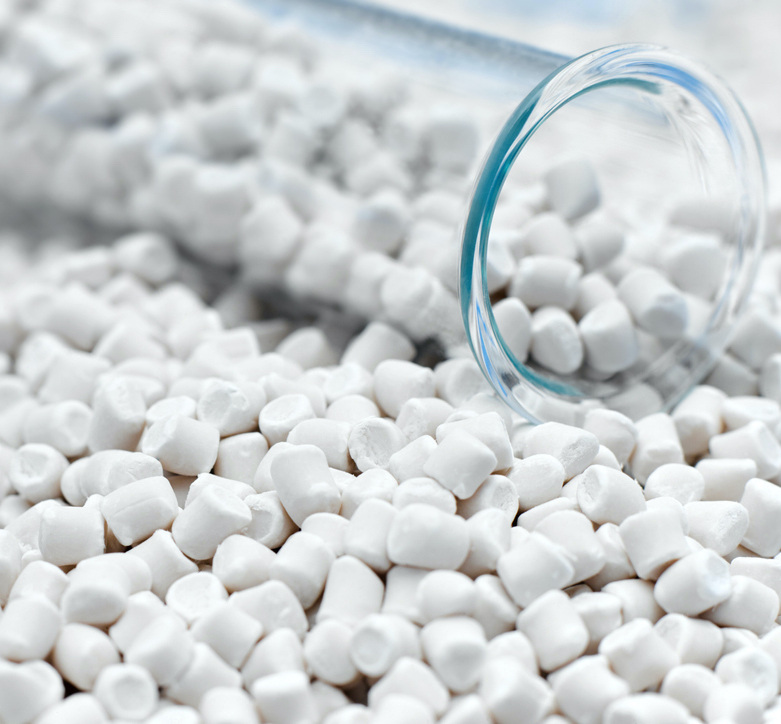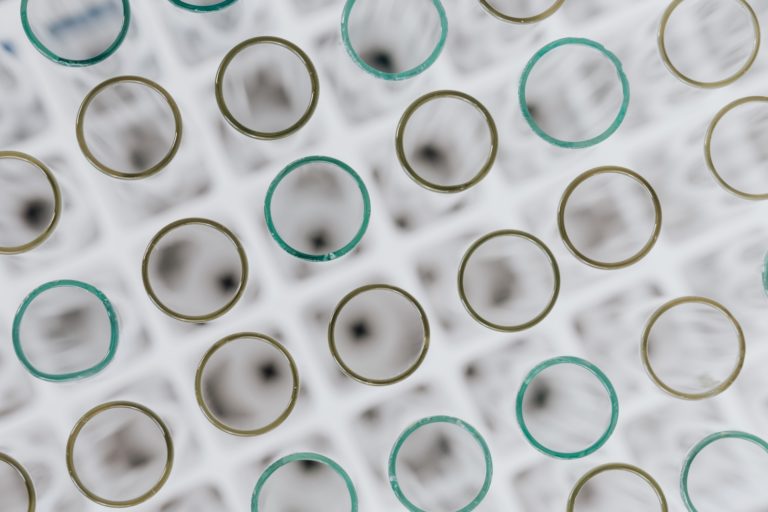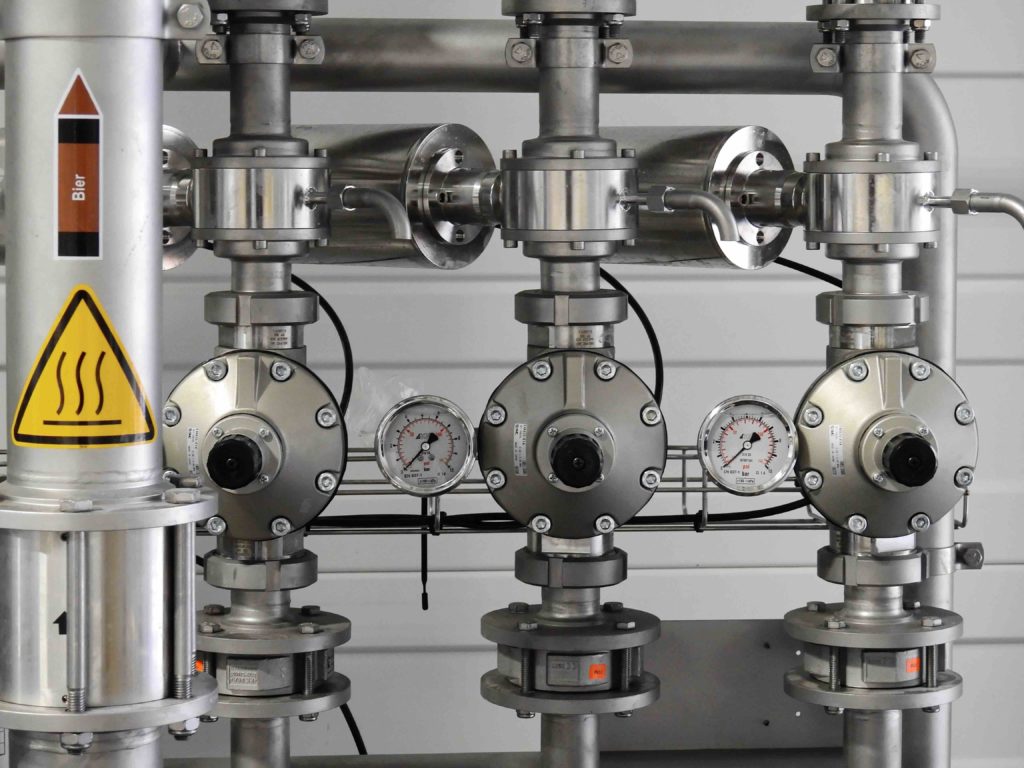The ReSolved® project
Interested in closed loop recycling?
Consider our ReSolved® technology
We are excited to announce that we are setting up a high-tech recycling facility using the solvent-based technology for ABS and HIPS scrap. Feedstock will be mainly WEEE, car scrap and construction & demolition waste.
We invite companies in the plastic supply chain to join our ReSolved® project, i.e. OEM’s, virgin plastic producers and waste feedstock owners/suppliers.
Due to its near-virgin quality output, the solvent-based technique is well-suited for closed-loop applications for a broad range of plastic products. The solvent-based technology is alsofavorable from the viewpoints of carbon footprint, short-term implementation, compatibility to existing recycling infrastructure, quality match with market demand and fit into EU policies.


Why solvent-based technology?
We analyze waste markets, sustainability trends and technologies. And we believe in our analysis. It shows that the solvent-based technology has a great potential to play an important role in the future technology mix to recycle plastics. It also shows that the time has come for it.
Therefore, we have recently acquired an advanced, 2nd generation solvent-based technology. We are now developing our first 3.000 ton/a demo plant in The Netherlands. We are dedicated to deliver high-quality recycled plastics to markets in which no recycled material is used today. We expect to start production in Q4 2022.
The next level in solvent-based recycling
Our technology is purely based on physical methods, it is simple and efficient. We did everything possible to reduce the energy consumption of our process to a minimum. The result is a very energy-efficient recycling technology that produces high-quality plastic with 75% less energy compared to virgin plastics derived from fossil fuel.
In its current state, our technology is suited for PS, HIPS, ABS, ASA, SAN, PMMA, soft PVC and TPU. Application to other plastic types might require some modifications of the process and therefore further development.

How does it work?
The solvent-based recycling process starts with dissolving the plastic feedstock in an organic solvent. Subsequently, the obtained solution is subjected to a series of purifying steps to remove both solid and dissolved contaminants. Finally, the target polymer is recovered by removing the solvent and compounded to pellets.
F.A.Q.
Frequently Asked Questions
- Removal of contaminants from a liquid, i.e. the solution containing the dissolved plastic material, is much more effective than from solid particles, i.e. flakes in mechanical recycling.
- While mechanical recycling is suited to remove exterior contaminants only,solvent-based recycling allows the removal of interior contaminants or components as well, such as fillers, colorants, flame retardants and softeners.
No. A characteristic feature of all chemical recycling techniques is that the polymer chain of the plastic material is broken down to smaller molecules, e.g. to monomers, that are rebuilt again to the original polymeric material through polymerization. In solvent-based recycling, however, the plastic material undergoes only physical changes, due to which the polymer chains remain intact throughout the whole process. Therefore, solvent-based recycling shows more similarities with mechanical than with chemical recycling.